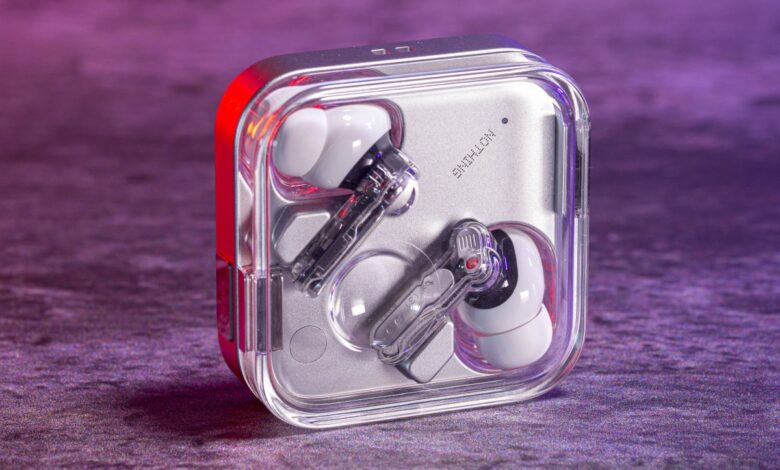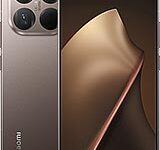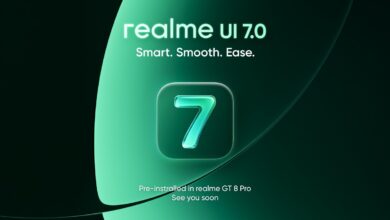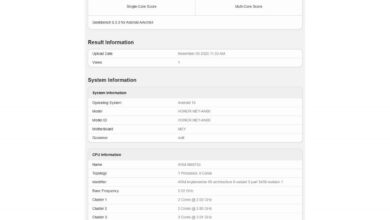Nothing Ear (3): Enhanced Audio, Sleek Design, Worth the Upgrade?

Nothing Ear (3) Review: A Refined Entry in the TWS Market
Four years following the launch of the Ear (1), Nothing has solidified its presence in the True Wireless Stereo (TWS) earbud market. The company’s latest flagship offering, the Nothing Ear (3), maintains the brand’s signature transparent aesthetic while introducing several key enhancements. This review provides a comprehensive analysis of the Ear (3), evaluating its design, features, sound quality, noise cancellation capabilities, and battery performance.
Design:
The Ear (3) retains the characteristic transparent design that has become synonymous with Nothing products. The aesthetic has been updated with a refined choice of materials, most notably the integration of a recycled aluminum base layer in the charging case. This change contributes to a more premium feel compared to previous all-plastic designs.
The charging case and earbuds weigh 71 grams, a modest increase of 10 grams compared to its predecessor. While maintaining the transparent aesthetic, the case incorporates a “Talk” button, which, in conjunction with dual microphones and a speaker, facilitates Nothing’s “Super Mic” feature. The retail package includes the earbuds, charging case, three sets of silicone ear tips, and a USB-C charging cable. The earbuds and case are rated IP54 for dust and water resistance. The earbud design is consistent with previous Nothing models, ensuring a secure fit when utilizing the appropriate silicone tip size.
Features:
The Ear (3) is equipped with features expected in the premium TWS market. These include 12mm dynamic drivers offering a frequency response range of 20 Hz – 40 kHz, and adaptive noise cancellation (ANC) capable of up to 45dB, similar to its predecessor. The ANC system has been enhanced, dynamically adjusting to the user’s surroundings at a 600ms pace.
Connectivity is provided via Bluetooth 5.4, supporting multi-point pairing, Google Fast Pair, and Microsoft Swift Pair. Additional features include spatial audio (without head tracking), AAC, SBC, and LDAC codec support, in-ear detection for automatic play/pause functionality, and a low-latency mode for gaming and video consumption. The earbuds utilize Nothing’s signature pinch controls on the stems, offering customizable single, double, and triple pinch gestures, as well as single and double pinch and hold functions. Each earbud incorporates three directional MEMS microphones, alongside a bone-conduction voice pickup unit (VPU).
Users of Nothing Phone devices running Nothing OS 3.5 or later have voice recordings automatically uploaded to the Essential Space app, with automatic transcription capabilities. The earbuds are managed via the Nothing X app, available on both Android and iOS platforms, providing a comprehensive suite of controls and customization options.
Super Mic:
A key innovation of the Ear (3) is the integration of the “Super Mic” system. This system incorporates two microphones on the case, positioned near the USB-C charging port. The functionality is activated when one of the earbuds is inserted and the Talk button is pressed. Nothing claims the case’s dual microphones can effectively isolate and capture the user’s voice in noisy environments, up to 95dB. The primary application of the Super Mic system includes phone calls, integration with native voice assistants, and the native voice recording app. In testing, the Super Mic exhibited improved voice pickup compared to the microphones on the earbuds.
Sound Quality and ANC:
The Ear (3) delivers a pronounced bass response, consistent with previous Nothing audio products. The updated 12mm drivers feature a redesigned diaphragm and a 20% larger radiating area, contributing to the enhanced bass performance. The Ear (3) offers a wider soundstage with reduced distortion, enhanced clarity in the mid and high frequencies, and improved instrument separation compared to its predecessor.
The Nothing X app includes an Advanced Equalizer offering an 8-band EQ with adjustable frequency values and Q factor controls, allowing for granular adjustments. Users can save custom profiles, share them with the community, or import pre-configured settings.
The adaptive noise cancellation of the Ear (3) is effective, offering adequate performance in typical office environments. While the ANC performance is capable, it does not match the levels of sound isolation offered by competitors such as Sony.
Battery Life:
Nothing claims up to 5.5 hours of playback from the earbuds with ANC enabled, and an additional 22 hours of charge from the charging case. With ANC disabled, the earbuds are rated for 10 hours of playback and the case for 38 hours. Testing revealed a real-world battery life of 6.5 hours with ANC activated using the AAC codec. Use of the LDAC codec reduced playback to 3.5 hours with ANC enabled and 5.5 hours with ANC disabled. The case and earbuds require approximately 70 minutes to charge from 0 to 100% and wireless charging is supported (2.5W).
Verdict:
The Nothing Ear (3) represents a notable refinement, incorporating improvements in build quality and a feature set commensurate with a premium product. The Super Mic functionality offers tangible benefits for call quality, though its implementation necessitates physical positioning. The punchy and energetic audio profile will likely appeal to a broad audience, with customizable equalization settings available via the Nothing X app. While the ANC performance and battery life are respectable, competitors offer superior capabilities in these areas. Ultimately, the Ear (3) presents a compelling option within the TWS market, differentiated by Nothing’s unique aesthetic and software experience.





